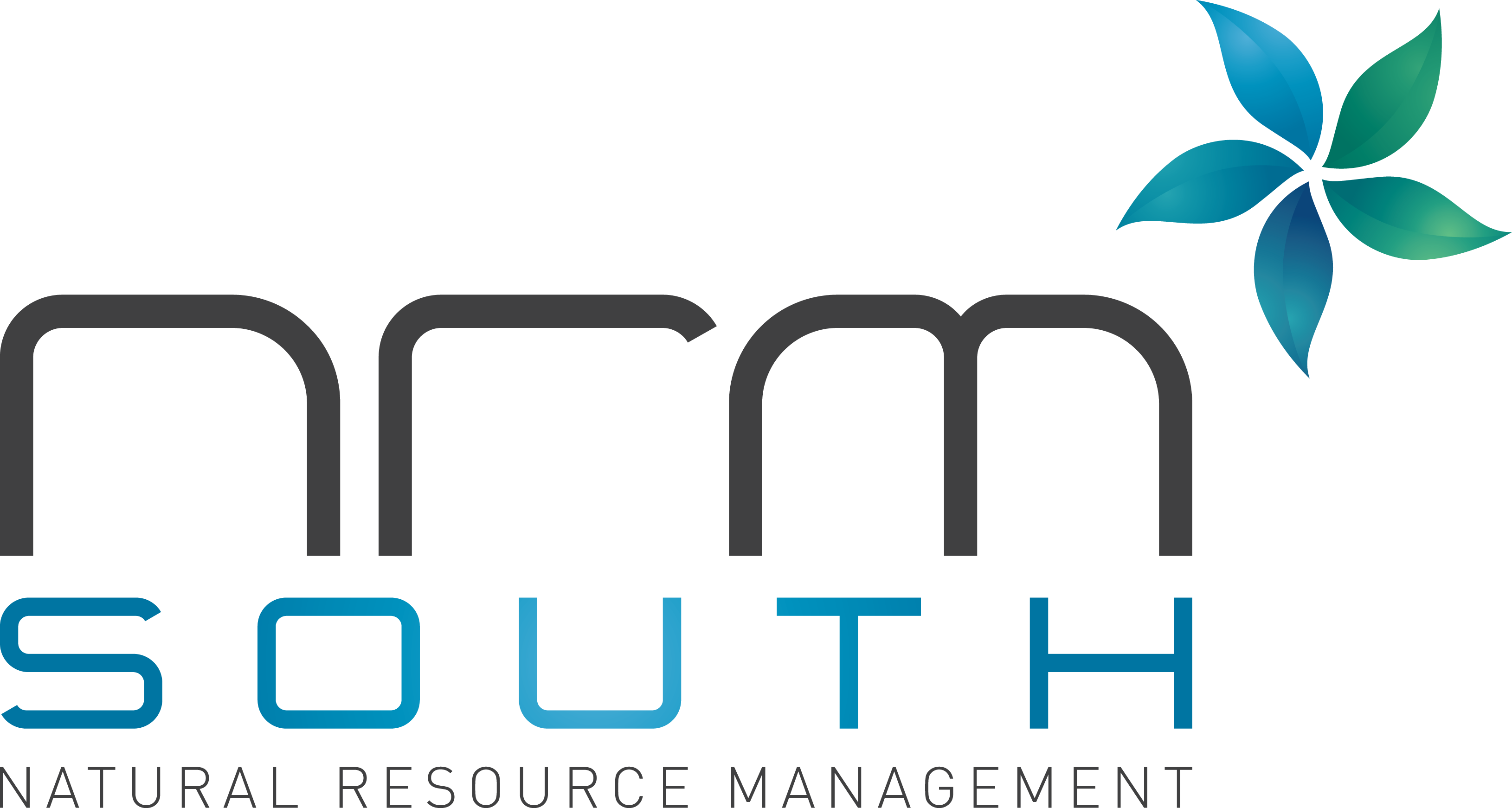Stories of NRM
Tidal Blue Carbon ecosystems, including saltmarsh, are productive coastal ecosystems with capacity to store carbon within plants and in the sediment below.
Tidal Blue Carbon ecosystems, including saltmarsh, are productive coastal ecosystems with capacity to store carbon within plants and in the sediment below.
“Ecological restoration of this scale involves complex and unchartered regulatory processes. This project will realise significant ecological benefits, and NRM South has been supported by regulators as we work through these processes.”
In 2022, NRM South in Tasmania was awarded one of the five demonstration projects under the Australian Government’s Blue Carbon Ecosystem Restoration Grant. The project leverages an existing saltmarsh restoration project at the same site, which NRM South began in 2021 under the Australian Government’s Fisheries Habitat Restoration Program. The high carbon sequestration capacity of saltmarsh sediments is a key focus of the Blue Carbon project and further diverse environmental, social, and economic benefits are anticipated for the local region. The project area intends to be a demonstration site for the Tidal Restoration of Blue Carbon Ecosystems method and we believe it will be eligible for registration under the Emissions Reduction Fund (ERF). The Blue Carbon project runs until March 2025.
At the project site, decades of modification have seen saltmarsh stranded to allow stock grazing. The existing Fish Habitat Restoration project involves removing a levee to restore the natural tidal flow to a 65ha area of saltmarsh near Richmond, north-east of Hobart. It also aims to protect and enhance the saltmarsh ecological community through fencing, weed control, and revegetation. Building on this, the Blue Carbon Ecosystem Restoration project expands the on-ground works, adds erosion control, and includes post-intervention monitoring of broader biogeochemical and social parameters and over a longer timeframe. NRM South will work alongside a service provider engaged through open tender by the Australian Government, who will measure the diverse benefits achieved through restoration and present this data in environmental economic accounts.
“The wetland we are restoring is adjacent to the Ramsar-listed Pitt Water-Orielton Lagoon wetland and nature reserve, and our efforts should have benefits for the ecology of the whole system. It is also an area of significance to the local Traditional Owners, the Muwinina people, who will reconnect on Country because of the project. The restoration also aims to improve the micro-climate on the farm and act as flood mitigation – basically, the project provides diverse benefits as well as carbon storage” Water Program Manager Jennifer Hemer said.
NRM South will share learnings from the project and the ERF registration process with other regional NRM organisations across Tasmania, as well as a wide stakeholder network including land holders, First Nations people, and the scientific community. Multiple community and stakeholder field days and engagement activities are planned to showcase the project.
Baseline flora, fauna, and water quality monitoring is complete, and initial on-ground actions, including the levee removal, are scheduled to occur over summer 2022-23. The novel nature of the project means that navigating the various approval processes has yielded valuable learnings.
Blue Carbon ecosystem restoration projects delivered by regional NRM organisations can:
Contact Grace Isdale Senior Project Officer – Marine
Email: [email protected]
Project partners: University of Tasmania, Blue Carbon Services, OzFish Unlimited, and the property owner.


This project is delivered by NRM South through funding from the Australian Government’s Blue Carbon Ecosystem Restoration Grant.
